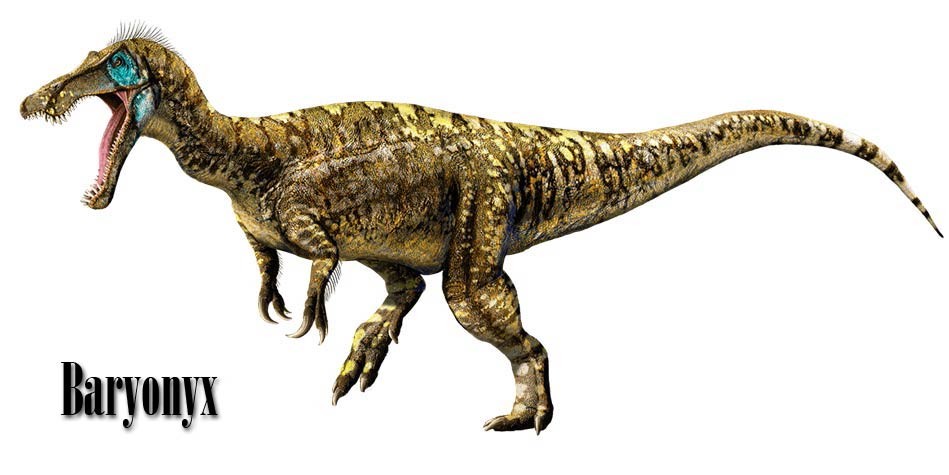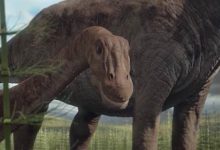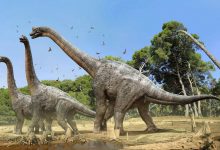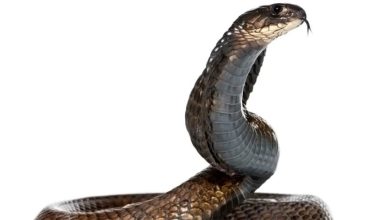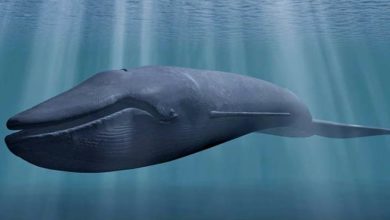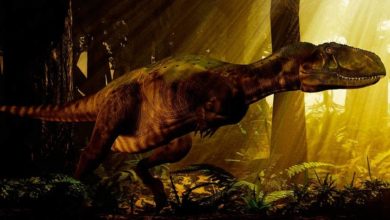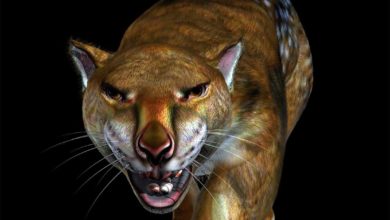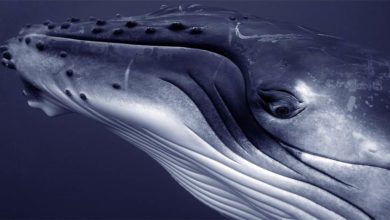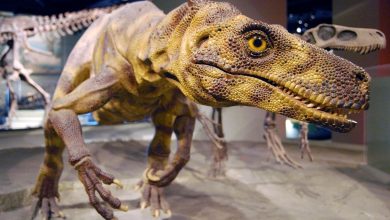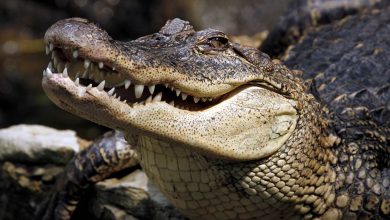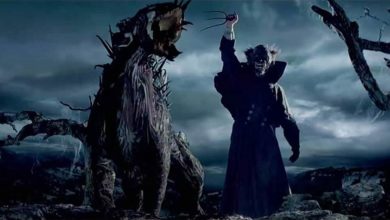Baryonyx
Baryonyx
‘Massive claw’
The dinosaur presented in the following article was probably one of the largest theropods of Early Cretaceous. It could have supposedly been an excellent swimmer, and its diet could be dominated by fish. Apparently, it could have a similar hunting tactic to the modern grizzly bear (Ursus arctos horribilis). However, theories on the ‘massive claw’s’ life (a direct translation of Baryonyx) are slightly more complex.
Classification
- Kingdom: Animalia
- Clade: Dinosauria
- Order: Saurischia
- Suborder: Theropoda
- Family: †Spinosauridae
- Subfamily: †Baryonychinae
- Genus: †Baryonyx
- Species: †Baryonyx walkeri

Discovery, dating and areas of occurrence
It was discovered in January 1983 in England by an amateur archeologist William J. Walker. This man has unearthed a large claw, part of the dinosaur’s rib and phalanges. Paleontologists Alan Jack Charig and Angela Milner have investigated the find in the London Natural History Museum. The same year, in February they set off to find another fossil of the newly discovered dinosaur. The quest was successful, although a full skeleton was not collected until June.
The Baryonyx fossils were also found in the Iberian Peninsula (Spain and Portugal).
Baryonyx lived about 130 – 125 million years ago, in the Early Cretaceous. The dinosaur’s remains were found in a clay pit (a mining excavation site) located south of Dorking (South-East Surrey county).
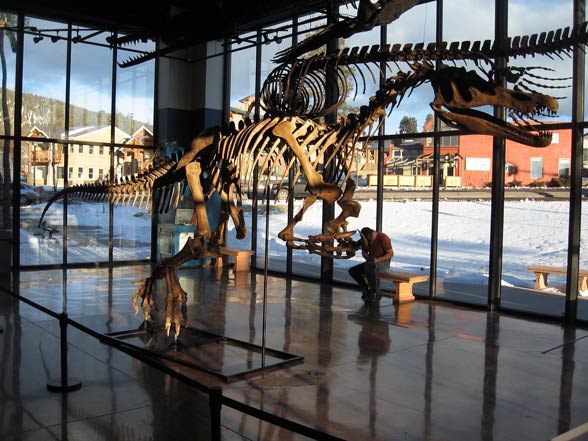
Characteristics
Appearance
Based on the found bones it has been estimated that Baryonyx weighed about 1.2 tons at 7.5 meters (25 ft) of body length. In 1997 this theropod’s body length was estimated to be 10 meters (33 ft), yet 13 years later the actual, abovementioned size was approved. Primarily, the vertebral structure suggested that the found specimen was physically immature, which means that adult dinosaurs could be substantially larger. However further analysis indicated that found theropod was most probably mature.
The found skull leads to the conclusion that this theropod had a very narrow snout, resembling a modern gharial (Gavialis gangeticus).
Its teeth were shaped like curved cones, slightly flattened. The periodontal ligaments appear to be unusually long. The tooth edges were serrated and had tuberous bumps. The upper jaw had 32 teeth, while the lower jaw had as many as 64.
At this point, the dinosaur enthusiasts surely begin to notice the similarity between Baryonyx and Spinosaurus.
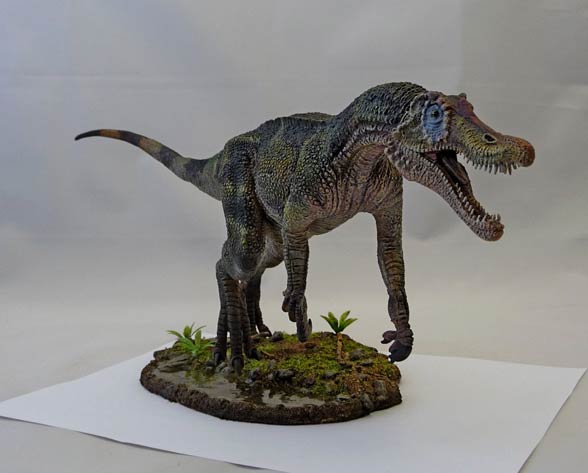
Theories considering lifestyle
In 1984, Taquet made the supposition that Baryonyx could flounder in water as modern herons and storks.
Paleontologists Alan Jack Charig and Angela Milner, which described the find and unearthed several bone fragments in 1986, first stated that the elongated snout and serrated teeth that were characteristic for Baryonyx indicate that its diet consisted of fish.
They presumed that the dinosaur squatted near the shore and hunted for the fish swimming by taking advantage of its curved claw (today grizzly bear uses similar techniques). However, they opposed the claims that Baryonyx was an aquatic/semiaquatic dinosaur.
The evidence denying such a theory can be the structure of the theropod’s snout – the nostrils are located at the sides, not on top, which would make effective hunting in water impossible. However, one cannot rule out the possibility of Baryonyx being able to swim, as most land vertebrates.
Andrew Kitchner doubted the theory on Baryonyx fish diet. He claimed that the described dinosaur was a scavenger. It was supposed to be adapted to such a lifestyle owing to a long neck, which would allow it to reach for carrion.
The claws at its paws would help it to shred the food into smaller pieces. The side nostrils on a long snout would supposedly allow it to investigate the food quality. On top of that, Kitchner claimed that Baryonyx had jaws too weak to kill other dinosaurs. It also was too heavy to be an agile and nimble hunter in the water.
A massive and bulky grizzly should theoretically also be a poor swimmer and fish hunter, yet such an opinion is easily changed shortly after reading an article on this fascinating animal.
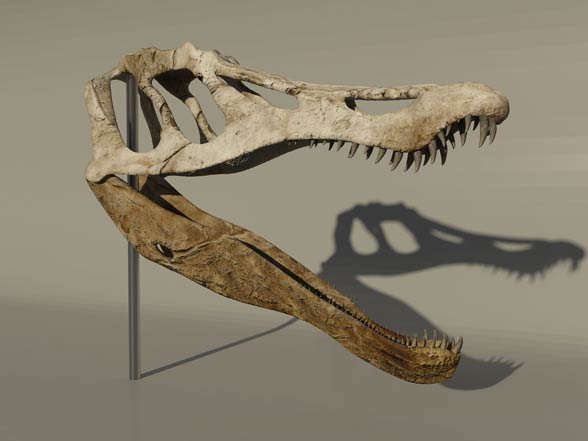
Fish beyond reasonable doubt
Much was explained in 1997 when the abovementioned Charig and Milner analyzed the Baryonyx torso composition. This theropod’s bones contained an acid found in scales and teeth of Scheenstia genus ray-finned fish. It was the very first evidence of Baryonyx fish consumption. However, it could also eat immature Iguanodons. Conceivably the Baryonyx stomach contained gizzard stones (stomach stones that aided the digestion process).
It seems that Baryonyx was adapted to catching fish pretty well. It could use a similar technique to a crocodile – the narrow and long snout was its main advantage. Based on the snout structure it was also proven that it could have hunted for small and middle-sized fish (as crocodiles). The dinosaur would catch its prey with jaws tightly packed with teeth and swiftly tilt its head backward to swallow the fish. A larger prey could be pulled away with its claws beforehand, to be swallowed afterward, while it swallowed smaller fish whole.
Charig and Milner have stated that Baryonyx was an active hunter, yet it could also eat carrion. However, it was a rather poor macropredator (hunting for large live animals) such as e.g. Allosaurus. Moreover, experts presume that this theropod used mostly its front claws during hunts.
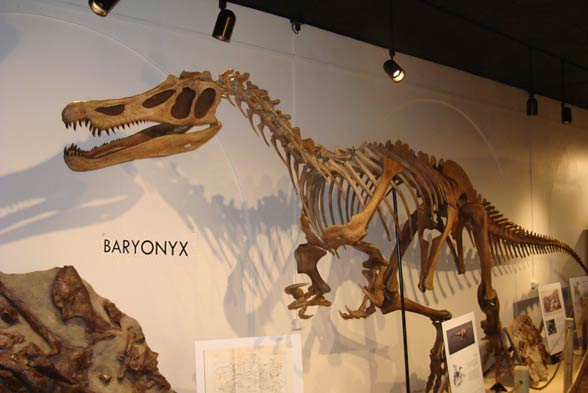
Detailed characteristic / size
Baryonyx
- Body length: 7.5 – 10 m (25 – 33 ft)
- Hip height: 3 m (10 ft)
- Weight: 2 – 2 t
- Dating: 130 – 125 million years ago
- Epoch: Early Cretaceous
- Age: Barremian
- Areas of occurrence: Europe: England, Spain, Portugal
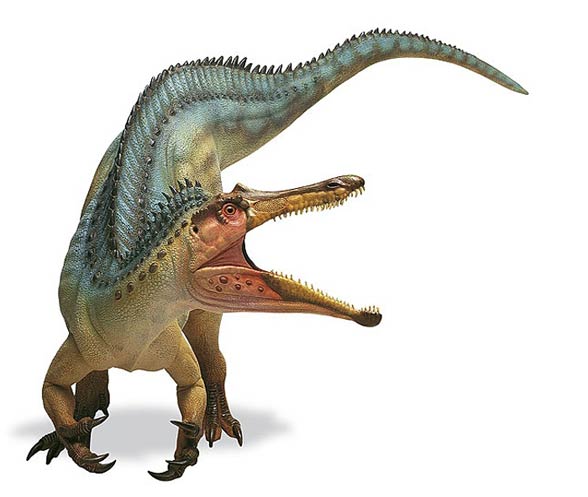
Baryonyx – interesting facts
- The name Baryonyx is a combination of Greek barys, which means ‘massive’ or ‘strong’, and onyx ‘claw’, ‘talon’. The specific name walkeri has been approved in recognition of the dinosaur discoverer – William J. Walker.
- In the primary description created by Charig and Milner Baryonyx was classified as a member of a separate, created especially for it Baryonychidae Today Baryonyx considered a Spinosaurus.
- A Pterosaurs cervical vertebrae with a spinosauroid’s tooth stuck in it was found in 2004 in Brazil. This means that these theropods did not eat exclusively fish.
- In the abovementioned primary description, the expert duo speculated whether an elongated skull, long neck and strong humeri could allow the dinosaur to walk on four legs instead of two. That would be a unique ability among other theropods.
- Baryonyx was one of the largest predators of its time. Its only rival was Allosaurus relative – Neovenator.
Images credit: Julius T. Csotonyi and unknown authors.
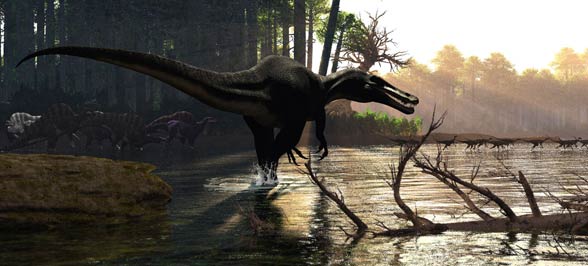
Recommended
- Dinosaurs
- Predatory dinosaurs
- Animals & dinosaurs records
- The fastest animals – Top 100
- The fastest birds – Top 10
- The heaviest dinosaurs – Top 10
- The longest dinosaurs. Sauropods Top 10
- The longest predatory dinosaurs. Theropods Top 10
- The longest and largest ornithopods
- The longest and largest ceratopsians

